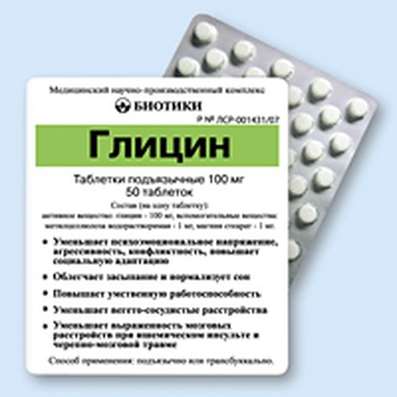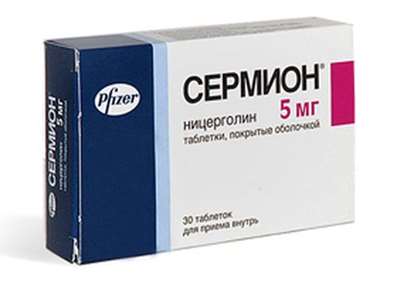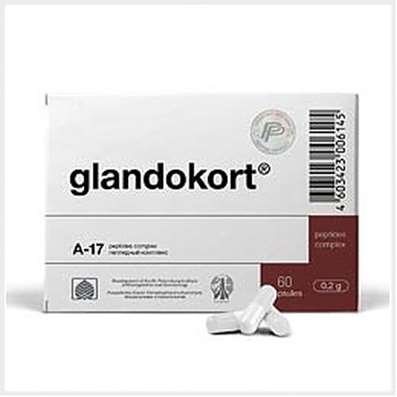Phezam - Cinnarizine 25mg + Piracetam 400mg
Phezam (Fezam) - combined preparation with a pronounced anti-hypoxic, neuroprotective and vasodilating action.
Piracetam - nootropic agent. Activates the metabolic processes in the brain by enhancing the energy and protein metabolism, accelerate the utilization of glucose by cells and increase their resistance to hypoxia. Improves interneuronal transmission in the central nervous system and regional blood flow in the ischemic area.
Cinnarizine - a calcium channel blocker. It inhibits entry of calcium ions into cells and reduces their maintenance depot plasmolemma. It lowers the tone of smooth muscles of arterioles reduces their response to biogenic vasoconstrictors (epinephrine, norepinephrine, dopamine, angiotensin, vasopressin). It has a vasodilating effect (particularly with regard to vessels of the brain, strengthening anti-hypoxic effect of piracetam), without significant effects on blood pressure. Exhibits mild antihistamine activity, reduces the excitability of the vestibular system, increases the tone of the sympathetic nervous system. Erythrocyte membrane elasticity increases, their ability to deform, reducing blood viscosity.
Testimony:
- Cerebrovascular insufficiency (atherosclerosis of brain vessels, a recovery period of ischemic and hemorrhagic stroke, after brain injury, encephalopathy of different genesis);
- Intoxication;
- CNS diseases associated with decreased intellectual-mental functions (memory impairment, attention, mood);
- Psycho-organic syndrome with prevalence of symptoms of fatigue and adinamii;
- Asthenic syndrome;
- Labirintopatii;
- Meniere's syndrome;
- Kinetoses prevention;
- Migraine prophylaxis;
- Backlog of intellectual development in children.
Contraindications:
- Severe hepatic dysfunction;
- Severe renal impairment;
- Parkinson's disease;
- Pregnancy;
- Lactation;
- Children under 5 years old;
- Hypersensitivity to the drug.
Precautions should be prescribed the drug for Parkinson's disease.
Special instructions:
Clinical studies have established that Phezam drug improves visual acuity, improves the functional condition of the retina and the eye hemodynamics. Increased blood flow rates in the arteries of the eye after a course of the drug Phezam indicates an improvement in blood supply to the eye membranes. It is recommended to use the drug Fezam in the treatment of patients with degenerative retinal diseases (in particular age-related macular degeneration).
The combination of vasoactive (cinnarizine) and metabolic (piracetam) components Phezam drug allowed in a number of clinical trials apply the drug to enhance the effectiveness of existing treatments for functional and organic lesions of hand-eye nervous system in children and in order to stabilize the achieved visual functions. Recommendations for use Phezam drug in pediatric practice (in the complex therapy) are: partial atrophy of the optic nerve of various origins; myopia of high to medium; posttraumatic, myopic and hereditary retinal dystrophy; amblyopia of different genesis (including in combination with organic lesions of the central parts of the visual analyzer).
In renal insufficiency, mild to moderate (creatinine clearance less than 60 ml / min) should be reduced therapeutic dose or increase the interval between doses of the drug.
In patients with impaired hepatic function it is necessary to control the content of liver enzymes.
Avoid drinking alcohol while taking Phezam.
The drug should be carefully assign Phezam at elevated intraocular pressure.
The drug can cause a positive reaction from athletes during the doping test, and you can change the results of the determination of radioactive iodine (dyes in the capsule shell contain iodine).
Effects on ability to drive vehicles and management mechanisms
During the reception Phezam drug should use caution when driving and operating machinery and equipment.
Suggested Use:
Adults preparation appoint 1-2 capsules. 3 fold / day for 1-3 months depending on the severity of the disease. The course of treatment - 2-3 times a year.
Children older than 5 years appoint 1-2 capsules. 1-2 times / day (less than 3 months).
Drug interactions:
In an application with Phezam may increase the sedative action of oppressive central nervous system activity, as well as ethanol, nootropic and antihypertensive agents.
With simultaneous use of vasodilators enhance the effect Phezam.
Phezam improves the tolerability of antipsychotic drugs and tricyclic antidepressants.
Side effects:
Perhaps: dyspepsia, headache, sleep disturbances.
Rare: allergic reactions such as skin rash.
Overdose:
Phezam very well tolerated by patients, in case of overdose is not observed serious adverse effects requiring discontinuation of the drug.
In case of overdose can cause abdominal pain.
Treatment - symptomatic, which may include hemodialysis. It is necessary to carry out gastric lavage, induce vomiting. No specific antidote.
Packaging:
- Comes in original packaging. Item is brand new and unopened.
Storage:
- Keep away from direct sunlight.
- Keep locked and away from children.
- Store in dry place at room temperature.
- Do not exceed storage temperature higher than 25 C
Important notice- the outer box design may vary before prior notice!

 Cart
Cart





